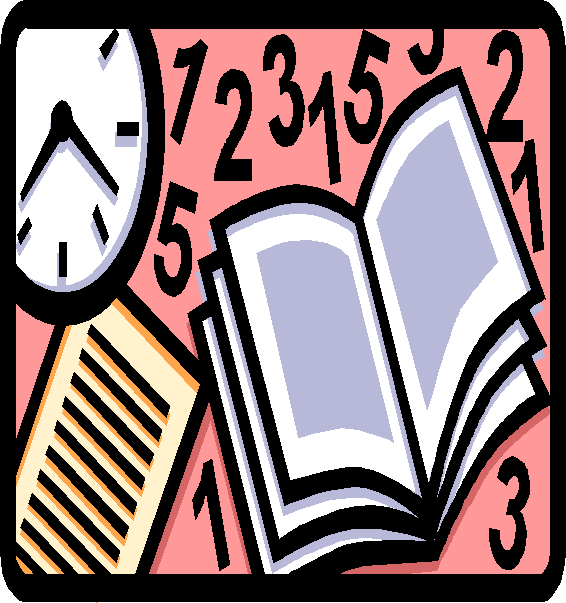Utility value is how the task relates to future goals. While students may not enjoy an activity, they may value a later reward or outcome it produces (Wigfield, 1994). The activity must be integral to their vision of their future, or it must be instrumental to their pursuit of other goals. Because goals can play a key role in attaining later outcomes, educators and parents should help students see beyond the immediate activity to the long-term benefits it produces. Teachers need to be able to answer the common query, “Why do we have to study this stuff?” Research on gifted underachievers has demonstrated the importance of valuing academic and career goals on students’ eventual reversal of their underachievement.
One way to increase the value of the task is to positively reinforce students for completing the task. Extrinsic motivation is the motive to complete an activity to receive an external reward or positive reinforcement that is external to the activity itself. Extrinsic motivators include rewards such as stickers, praise, grades, special privileges, prizes, money, material rewards, adult attention, or peer admiration. Teachers should use extrinsic motivators carefully, as some research suggests that providing extrinsic rewards for an intrinsically motivating activity can decrease a person’s subsequent intrinsic motivation for that activity (Pintrich & Schunk, 1996).
 To recap, utility value refers to the perceived usefulness of the task. Students who find academic tasks useful for present or future goals are more likely to put forth effort for those academic tasks. Below are strategies to increase the utility value of academic tasks. Utilizing these strategies can help you to motivate underachievers.
To recap, utility value refers to the perceived usefulness of the task. Students who find academic tasks useful for present or future goals are more likely to put forth effort for those academic tasks. Below are strategies to increase the utility value of academic tasks. Utilizing these strategies can help you to motivate underachievers.
Imagine this…
Brad is failing his eighth grade classes. “I’ll work harder next year when I’m in high school,” he says. “After all, my grades this year don’t count for anything. Besides, I’m never going to use any of this stuff ever again anyway!” How would you help Brad to see the utility value of his classes?
Strategies to Increase the Utility Value of Tasks
- Explain the purpose for lessons and assignments. At the beginning of every unit, explain why mastering these skills or learning this information is important to students. If you cannot think of a reason that students need to learn what you are teaching them, you may want to consider modifying the unit. Before every lesson state “why we are learning about this and how it is useful” in 1-2 sentences.
- Show connections between classroom learning/assignments and “the real world.” Show the real world applications of the concepts that they are learning in class.
- Help your students to recognize that the knowledge or skills that they are developing in your class will:
- help them to meet their own current needs or wants,
- provide them with social rewards or opportunities for social advancement, or
- prepare them for occupational or other future successes (Brophy, 1998).
- Share personal stories about people with whom your students can identify who use similar knowledge or skills to solve problems, create products, or make their lives easier or more comfortable.
- Invite parents, community members, older students and former students to share ways in which they use information/skills from your class in their classes, jobs, or hobbies.
- Model the intellectual traits that you would like your students to display, such as reasoning, curiosity, intellectual enthusiasm. Be an eager, curious learner within your classroom. When tackling a difficult concept, reason out loaud to show students the logic of your thought processes.
- Show how classroom activities match the instructional goals of the class. “If teachers help students understand the overall goals of the course and how those goals are consistent with their own goals and interests, students may better understand and appreciate the importance and usefulness of a particular activity” (Morrone & Schutz, 2000, p. 154).
- Show students how new learning builds from their previous knowledge and skills.
Next Section: Tips for Rewarding Students for Good Performance